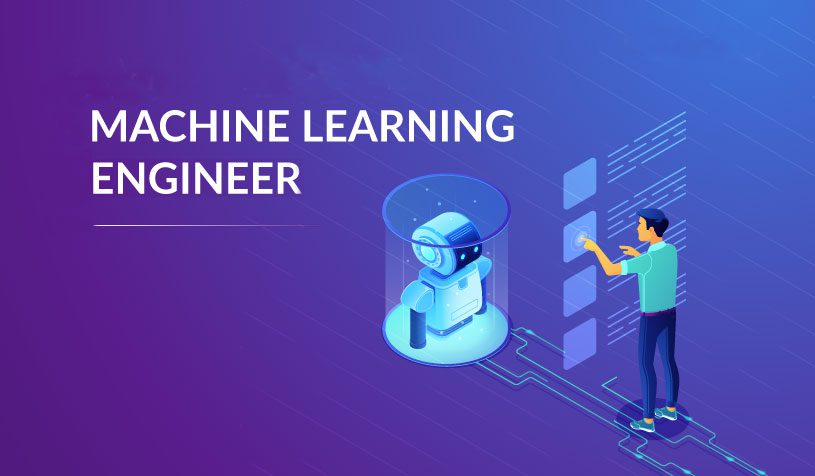Understand the difference between image detection and image recognition.
Customize Your Logo Detector to Recognize Images |
What is Logo / Object Detection ?
Logo detection is a process of detecting certain instances of classes from images or video frames. It’s aim is to find out which object is where in an image or a video. Well, it’s important to identify and understand the difference between image detection & image recognition.
How Object Detection Works ?
The object detection model consists of two parts, an encoder and a decoder. The encoder takes the image and then runs it through multiple series of blocks and layers and then it learns to extract statistical features that are used to locate and label the objects in a picture or image. The objects identified by the encoder are then passed to the decoder. Its job is to predict all the bounding boxes and labels for each and every object.
Now, the next step is to find the location of the object, to find it. Usually a common method is used that is Intersection Over Union ( IOU ). By two bounding boxes, the area of intersection is computed and is divided by the area of the union. Usually if we estimate, then, its value ranges from 0 – 1.
Why Recognition Is Important ?
Detecting an object requires in depth knowledge of deep learning as well as of network design. An AWS Recognition does the heavy lifting and helps the developer to build serverless applications.
Custom Labelling and Recognition :Logo
Well, it’s common to hear customers say that “Amazon Rekognition Labels are not that specific that is needed for the business”.
Now, in order to handle the custom labelling request, we have a few approaches.
DIY Logo
Customization process requires some expertise as well as resources for managing these :
- Deep Learning model and fine-tune.
- Thousands of images to collect and label things manually.
- It usually takes weeks to complete labelling and model training, so more time is consumed.
Amazon Recognition Customized Labels :Logo
Now, instead of using thousands of images, you simply need to just upload a small set of training images that are specific to the use case and to your easy-2-use console.
Recognition Custom Labels automatically loads and at the same time inspects the training data. It then selects the right machine learning algorithms that are required, then it trains the model, and finally it provides a model performance metrics.
Its key advantages are :
- Guided Experience for creation of labeled images.
- Train and evaluate with no need to code and also no ML experience is required.
- It is easy to use a fully managed API.
Amazon Recognition Custom provides simple end-to-end experience to start labeling a dataset. Amazon Recognition Custom helps you build a custom Machine Learning model for you by first inspecting the data and then selecting the right algorithm. After and when your model is trained, you can start using it for your image analysis task.
Now there are many things to take note of, some of them are :
- An image is stored in an Amazon S3 bucket, it then triggers a message which gets stored in the Amazon SQS queue list.
- Amazon EventBridge is configured to trigger the AWS Step Function at a certain programmed frequency, the default is like approx 1 Hr.
- And, as the workflow runs it checks the number of items in the process and if there are no items to process in the queue then the workflow ends there and if there are items to process in the queue, workflow starts the Amazon Rekognition Custom Labels model.
- As and when the integration between Amazon SQS queue and Lambda is enabled, Lambda quickly starts processing images using Amazon Rekognition Custom Labels that it already has.
- Now, once when all the images are processed, the workflow stops the Recognition Custom model and then disables the integration between the SQS queue and the Lambda function.
Key Points of Rekognition API :
- API operations do not save any generated labels. We can save the labels by just placing them in the user database, with identifiers for the respective images.
- Rekognition API for Video has these features:
- Real-time analysis of streaming video;
- Person identification and pathing;
- Face recognition;
- Facial analysis;
- Objects, scenes and activities detection.
- Rekognition API for Images includes the following features;
- Object and scene detection;
- Facial recognition;
- Facial analysis;
- Face comparison;
Now, in this there is a big role of human annotation and if you don’t know what annotation is then, Annotation is a process of interaction with a text to help the reader enhance its understanding, and reaction towards a particular text. It is also known as close reading. It involves highlighting the key pieces of a text and also to make notes in the margins of the text. This is known as annotation and annotation with the participation of humans is known as Human Annotation.
Now why are human annotated datasets used, the answer to this question is that, Human Annotated Datasets are used because it is a key factor in the field of machine learning. When we have to train a computer for computer vision and image recognition solutions, then humans are required to identify and annotate the images like, detecting trees, traffic lights, etc. That is why Human interference is needed in these situations and hence for machine learning processes.
Now, if you have reached this far, that means you liked the blog and you have got some value from it. To continue embracing yourself with similar knowledge, just click on the link below:
https://24x7offshoring.com/blog/

